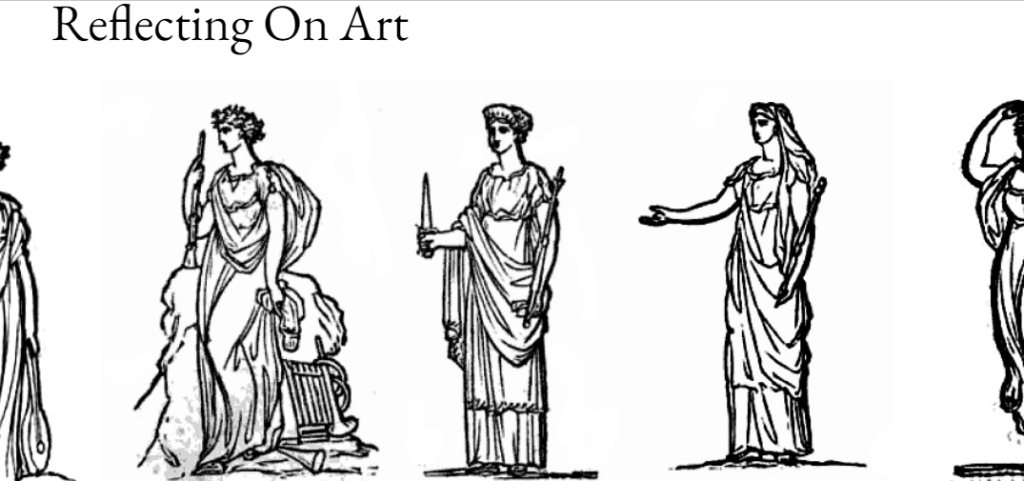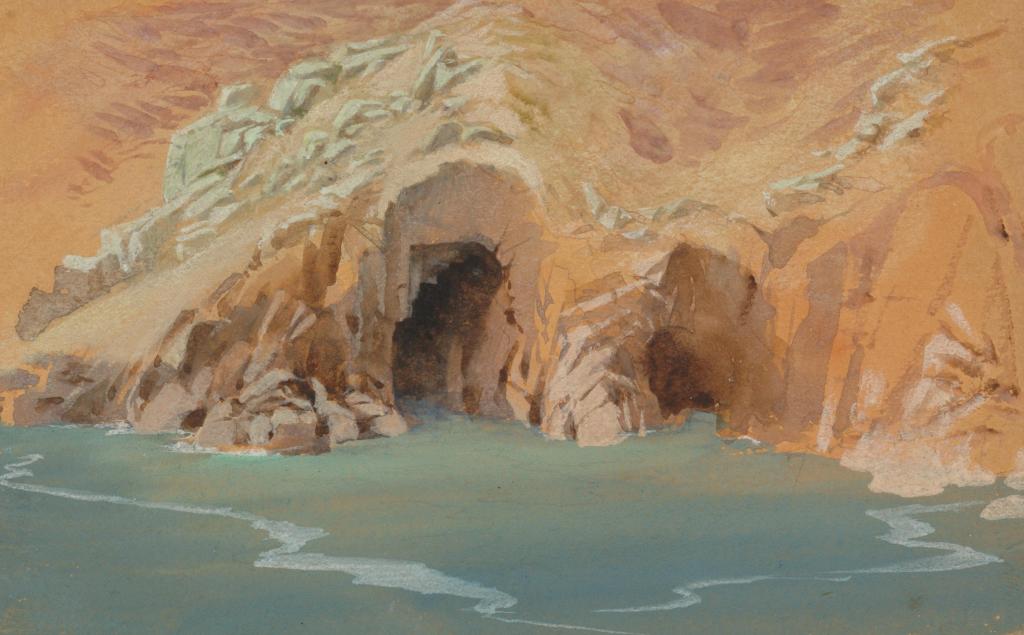Art as faith. Faith as art.

“‘I am come into deep waters’ took on a new meaning this morning. It started with perplexing matters concerning the future. Then it dawned that shallow waters were a place where you can neither sink nor swim, but in deep waters it is one or the other: ‘waters to swim in’ – not to float in. Swimming is the intense, most strenuous form of motion – all of you is involved in it – and every inch of you is in abandonment of rest upon the water that bears you up.” 20 December 1927
Deep waters symbolize the moment your feet no longer rest on firm earth. It’s the moment things get real – you either sink or swim. Commit or turn back. It’s a fitting visual allegory for the life and works of Lilias Trotter, once referred to as “England’s greatest living painter” despite her lack of formal training and societal prejudices against women artists at the time.
In 1883, writer and critic John Ruskin, one of Trotter’s earliest champions and mentors, addressed his students, ruefully admitting his own biases and shortcomings while acknowledging the passion and mastery of a stack of humble watercolor landscape paintings. He said “For a long time I used to say, in all my elementary books, that except in a graceful and minor way, women could not draw or paint. I’m beginning to bow myself to the much more delightful conviction that no one else can.”
He goes on to make Trotter’s landscapes the example all of his students should learn from and emulate. “You will in examining them, beyond all telling, feel that they are exactly what we should like to be able to do, and in the plainest and frankest manner shew us how to do it—more modestly speaking, how, if heaven help us, it can be done.”
“You will in examining them, beyond all telling, feel that they are exactly what we should like to be able to do, and in the plainest and frankest manner shew us how to do it—more modestly speaking, how, if heaven help us, it can be done.”
Lilias Trotter was a young woman at the time of Ruskin’s accolades. In her 20s, under his mentorship, Trotter dedicated herself to art while privately cultivating a private, intense faith in the Christian church. This twin drives pushed and pulled at Trotter, until her faith won out when she felt a calling to undertake a mission in Algiers.
Trotter would live out the remainder of her days serving in Algiers despite physical infirmities and lack of practical support. Instead of grandiosity or messianism, her limitations were the point, as she noted in her journal, “I am seeing more and more that we begin to learn what it is to walk by faith when we learn to spread out all that is against us: all our physical weakness, loss of mental power, spiritual inability—all that is against us inwardly and outwardly—as sails to the wind and expect them to be vehicles for the power of Christ to rest upon us.”
Trotter dreamed of making immortal art, but resigned herself to making lavish, gorgeous, detailed watercolors in her travel journals instead of the galleries and museums of Europe. She occupied herself with the beauty and grandeur of the natural world and the dignity and nobility of the poor, the powerless and disenfranchised. Her work has a similar working class nobility and natural mysticism as Van Gogh, which she uses to render and capture the earthy desert stillness of North Africa.
Trotter’s work is that much more brilliant, that much more vibrant and life-affirming and vital because it’s in her journals instead of the Louvre. She did her best to serve her God – and her Muse – no matter the personal cost.
All of Trotter’s work is striking and worthy of study. I’ve picked these submerged caves as there’s been much talk of water, lately, what with the submersible disaster as well as entering Cancer. I’ve been thinking a lot about the Oregon Coast lately, too, maybe just because it’s been so blasted hot in Texas lately or maybe it’s because, like Trotter, I’m trying to listen and hear where the Spirit would move me.
Learn more about Lilias Trotter and her wonderful work with the documentary Many Beautiful Things: The Life and Vision of Lilias Trotter.
For more art, subscribe to Thespiai’s YouTube Channel.
Follow @thespiai on Instagram
You can also find us on TikTok at @Thespiai.
Browse our Art shelf on Bookshop.Org for more art books and recommendations.
purchases made through clicking our links could earn a small affiliate fee.



Leave a comment